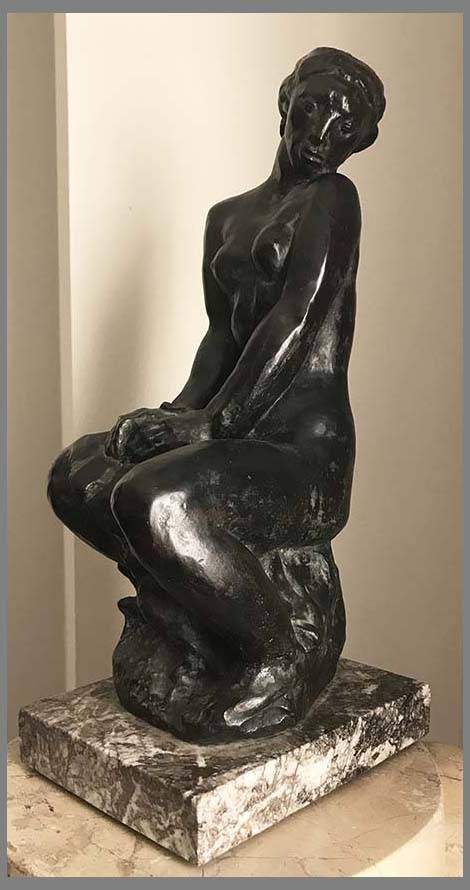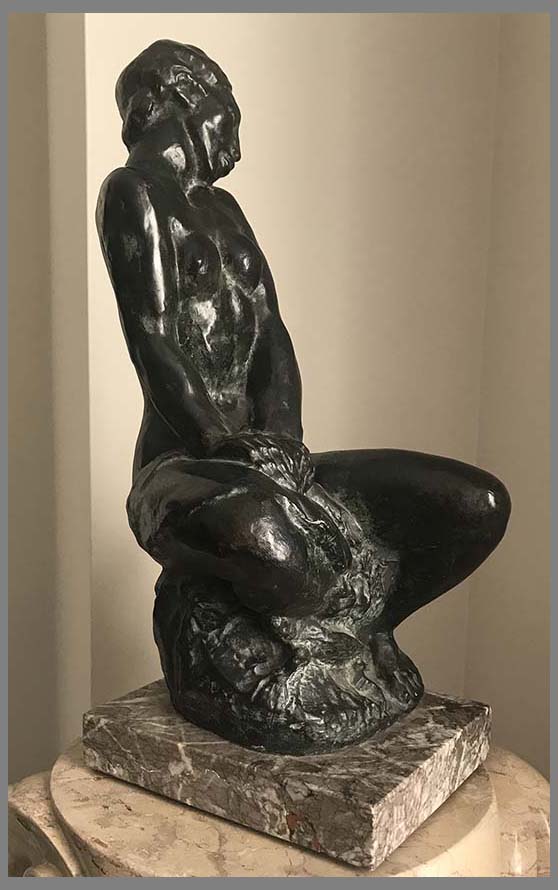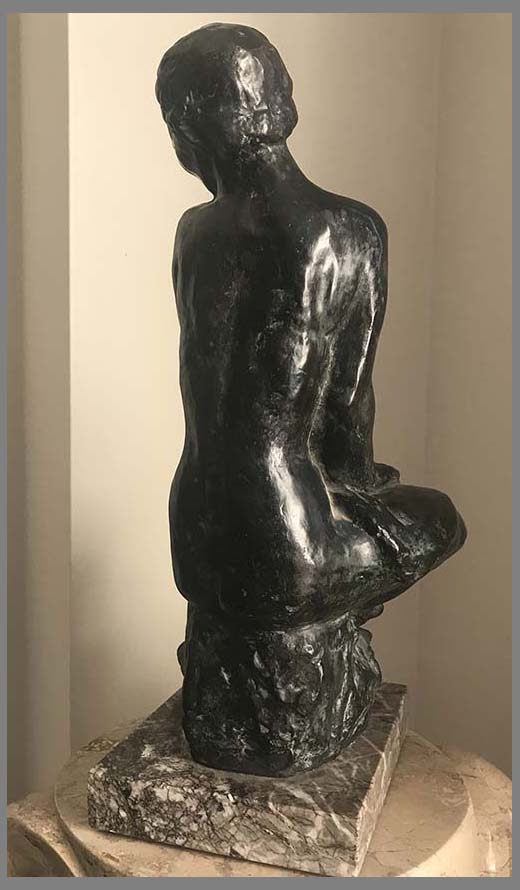Troiano Troiani
1885-1963
Born on June 4, 1885 in Buia, province of Udine, Italy.
Troiani studied art in Venezia, Firenze, Rome, Austria and Romania. In 1910, as part of the festivities for the National Centennial, the National Government implemented a scholarship system for European artists to come to Argentina and with their work they will contribute to the embellishment of the city of Buenos Aires.
Among those who proved lucky was Troiano Troiani who arrived in Buenos Aires in 1914. The work of this sculptor includes large and small figures, numerous bas-reliefs, burial plates, medals, portraits, and statues that adorn parks, institutions, public buildings and necropolis in Argentina. He participated in several group exhibitions and exhibited his works in individual exhibitions.
He is a figurative sculptor but not an academic one. His art contains classic and modern elements. It is classic by inspiration and the whole line: modern for its modeling, refined style and for the rhythm of its daring movement. The peculiarity and differentiation of his art reside in the musicality of the line, the heroic expression, and that air of sublimated grandiosity that has been called monumentality (Dante Mantovani).
He was awarded and distinguished several times in Argentina and abroad. He practiced Artistic teaching as professor of sculpture at the National School of Fine Arts Prilidiano Pueyrredón, since 1939. In addition to being a sculptor, he was a fine and sensitive draftsman, and as such, he illustrated newspapers and magazines. In 1957, the Accademia degli Sventati di Udine (the Academy of the Reckless), founded in 1606, made him an honorary member.
One of his first works was a series of sculptures for the Stock Exchange of Buenosairean Commerce, realizing later a similar work for the Grand Splendid Theater. He won numerous awards in his artistic career. The lanterns of the Plaza de los Dos Congresos in Buenos Aires (designed in 1929), Centauro, San Francisco, Arquero divino, installed in La Plata, and Fernando III, which crowns the front of the facade of the colonial church of San Fernando de Maldonado, are some of his works. About the lanterns of the Plaza de los Dos Congresos, we read: On the space with granza that surrounds the great Fountain, from the east two tall columns with 20 reflectors each serve to illuminate the Monument to the two Congresses. The unique artistic lanterns of 1 and up to 5 arms, are pieces of wrought iron, cast in the region of Champagne, France, designed by Troiano Troiani in 1929.
The monument to the bribe
In 1933 with the aim of gathering in a single place all the scattered offices of the then Ministry of Social Development, the arch. Jose Hortal the construction of a building of 23 floors, two basements, a roof and a terrace where it was thought to place a panoramic observatory of the city.
In 1934, when the construction of the 93-meter high mole was very advanced, the very wide 9 de Julio Avenue was inaugurated; therefore, the large building was in the middle of the plain, which generated debates and demolition proposals for the work.
The architect, fed up with the officials who bothered him with suggestions of bribes to solve construction issues, before handing over the building, commissioned the Troiano Troiani two large sculptures that were placed at the vertices of the main façade of the building. Av 9 de Julio, at the height of the second floor: In a corner, a woman takes a box with both hands. In the other, the same woman places a hand back and looks distracted.
The building was never demolished and stands alone, dominating the av. July 9th.
|





